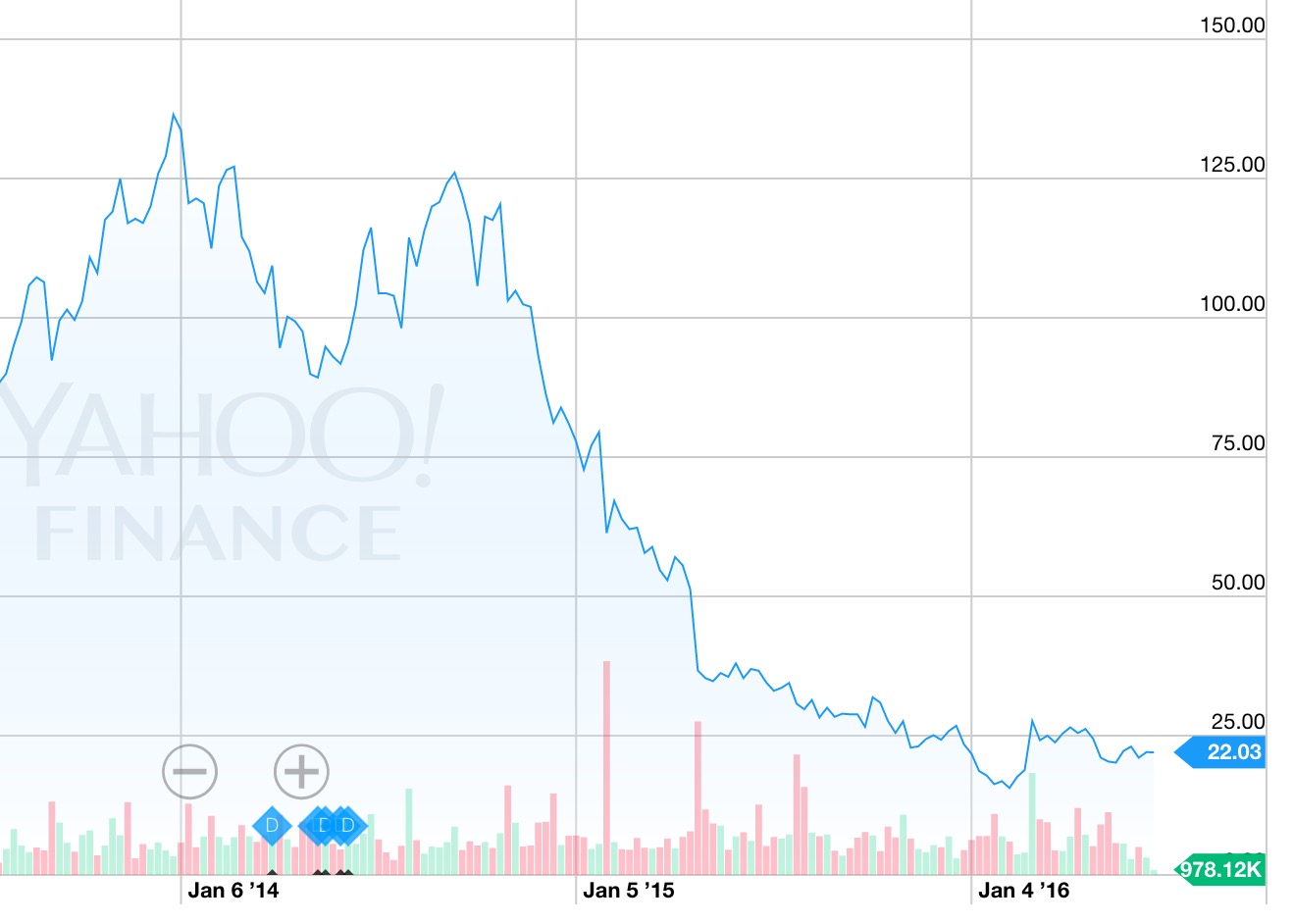
I’m reading a piece in Newsweek describing how the 3D printing bubble has “burst”, and wonder how such a thing could be true.
The story describes the story familiar to Fabbaloo readers in which, after the initial 3D printing patents expired, several companies raced to produce and capitalize on low-cost 3D printers, largely through a massive publicity campaign to gain the public’s attention. Of course, the whole thing eventually collapsed when everyone learned that 3D printers weren’t the magic machines they were led to believe.
That said, there are still huge opportunities to apply 3D printing in ways that make sense for 3D printing and for business.
Back to the Newsweek story. It describes how the 3D printing buzz peaked in January of 2014, when, by the way, I attended the 2014 Consumer Electronics Show where many 3D print products were announced – but few ever saw their way to actual sales.
http://www.fabbaloo.com/blog/2014/1/8/3d-systems-announces-everything.html
The story continues to list a series of mis-steps by various industry players justifying the headline, “The 3-D Printing Bubble May Have Burst”.
But here’s the thing: the bust occurred a very long time ago. Maybe over a year ago. Just look at the stock price chart at top.
As you can clearly see, the stock price of, in this case Stratasys, (no different for any other publicly traded 3D print company), the stock price had essentially tanked by April of 2015. That’s when the bubble truly burst.
Since that time we’ve seen many big changes in the industry, with executive management being replaced in several companies, with many companies changing their focus from consumer to professional markets and many new, very practical applications being identified.
That’s not a burst bubble; no, instead it is the beginning of the true golden age of 3D printing, at least to me.
A very different picture than a “burst bubble”.
This is the problem with the mainstream media; they are sometimes far behind in understanding what’s going on in the space. Unfortunately, the mainstream media is what is most often read by the public, and thus interest in 3D printing stocks will remain depressed until things change.
Meanwhile, busy people across our planet are even now developing truly useful, productive and financially viable new uses for 3D printing technology.
Via Newsweek

